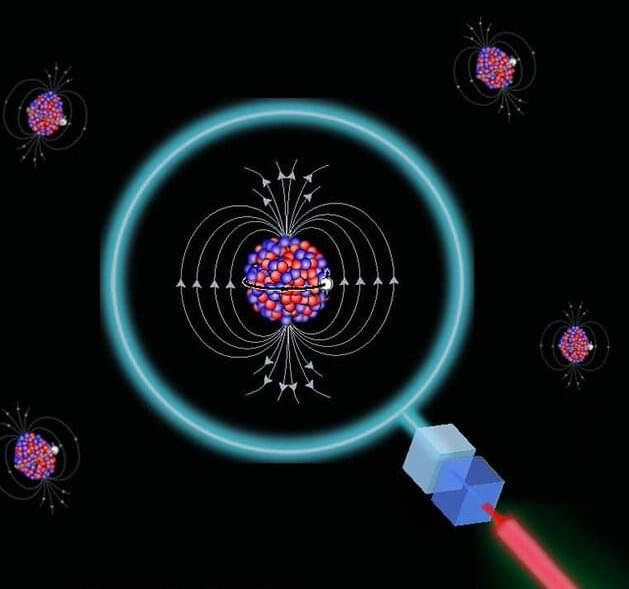A curious thing happened when MIT researchers Adam Vernon and Ronald Garcia Ruiz, along an international team of scientists, recently performed an experiment in which a sensitive laser spectroscopy technique was used to measure how the nuclear electromagnetic properties of indium isotopes evolve when an extreme number of neutrons are added to the nucleus. These nuclei do not exist in nature, and once created, their lifetimes can be as short as a fraction of a second, so the team artificially created the nuclei using a particle accelerator at the CERN research facility in Switzerland. By using a combination of multiple lasers and an ion trap, the team isolated the isotopes of interest and performed precision measurements of atoms containing these exotic nuclei. In turn, it allowed the extraction of their nuclear properties.
Vernon, a postdoc in the Laboratory for Nuclear Science (LNS); Garcia Ruiz, an assistant professor of physics and LNS affiliate; and their colleagues achieved a surprising result. When measuring a nucleus with a certain “magic” number of neutrons—82—the magnetic field of the nucleus exhibited a drastic change, and the properties of these very complex nuclei appear to be governed by just one of the protons of the nucleus.
“The new observation at 82 total neutrons changes this picture of the nucleus. We had to come up with new nuclear theories to explain the result,” says Vernon.
